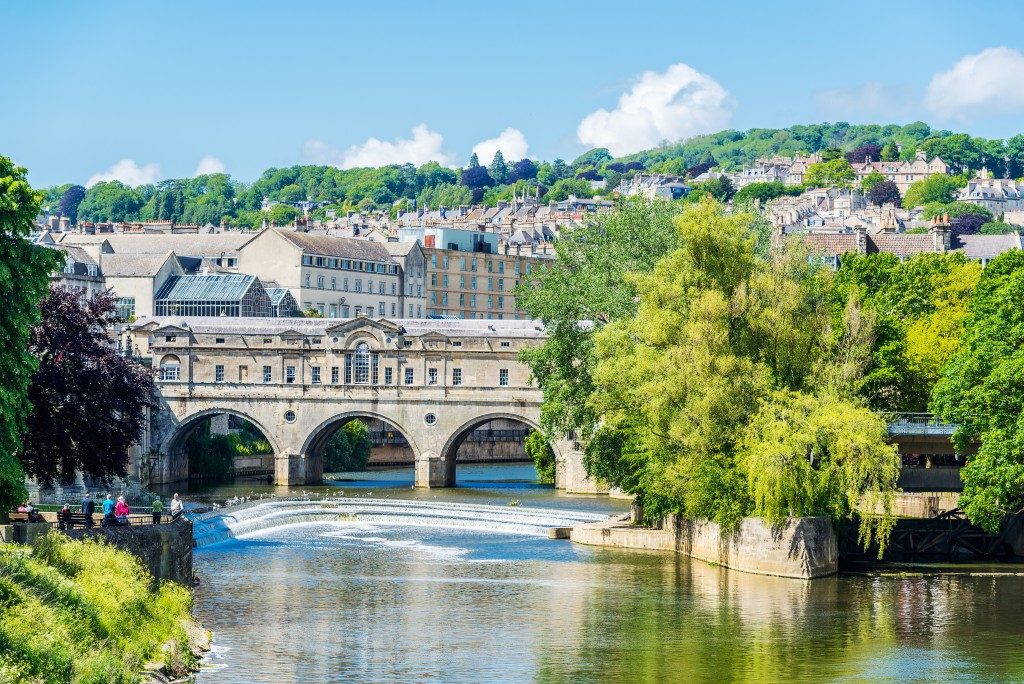UNESCO World Heritage Sites are landmarks with cultural, historical, and scientific significance. They are protected by an international treaty, and they receive funds for their conservation. In the United Kingdom and its territories, there are 31 World Heritage Sites. Some of them are composed of islands, while others are whole towns.
Among the cities and towns listed as World Heritage Sites are the Old and New Towns of Edinburgh, the industrial village of Saltaire, New Lanark, Liverpool, and Bath. World Heritage Sites have unique reasons for their inclusion. Most of them are one-of-a-kind places with a distinctive history or contributions to history, culture, and society.
Bath
Modern-day Bath is a resort city with amenities for family vacations. This is a delightful tourist destination with a distinctly British flavor. Beneath the contemporary look and feel is an ancient town famous for their baths from which it got its name. It was already a settlement famous for its springs even before the Roman Legion came along. The Romans built structures, including public bathhouses, which have stood to this day. Many tourists visit to enjoy a spa break in Bath. There are plenty of B&Bs in Bath, as well as bathhouses, where visitors can relax in the city’s famed waters. The Romans made this city an international attraction, and it has been a place where people still go to for a restorative day at the spa.
Liverpool
One of the most important industrial cities of the 18th and 19th centuries, Liverpool was also one of the largest and busiest ports in the world. It led the way in advancements in port management, dock technology, and transport systems. It played a pivotal role in the growth and success of the British Empire. The port was the entryway for goods and raw materials to the UK. It was also the jump-off point for emigrants and slaves going to the New World. It has been listed as an endangered Heritage Site due to the proposals for the city’s development, which would affect historic buildings.
Saltaire

At the time it was built, Saltaire was considered as a model village. Sir Titus Salt designed and built the community for his workers. Besides housing, it also incorporated the alpaca mill and the textile factory. It was a planned community, making good use of the building design that took into account the maximum use of daylight. The workers lived in row houses, while mill managers and community teachers had larger homes with views of the countryside. Saltaire was built along a canal to facilitate the transport of raw materials and finished products. It had a huge influence on town planning.
For centuries, the United Kingdom has been an influential force in global trade and industry. The cities mentioned above were influential in diverse fields for their contribution to the success and growth of the country and the empire. Innovations not only in industry but also in engineering, science, and culture were the foundations of the British Empire. Even after the decline of these World Heritage Sites, they are still worth a visit for educational and aesthetic purposes.

